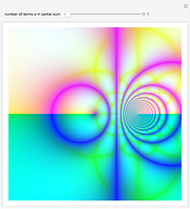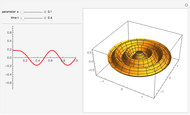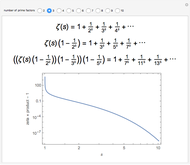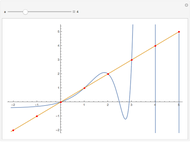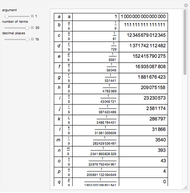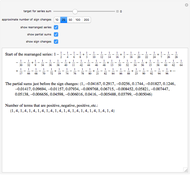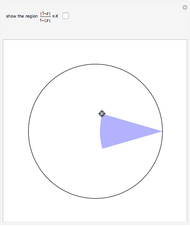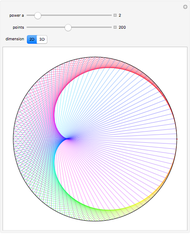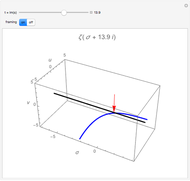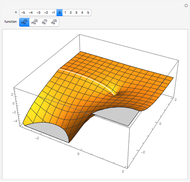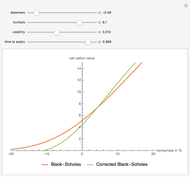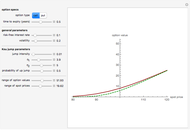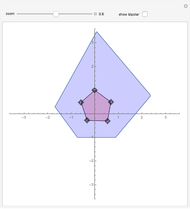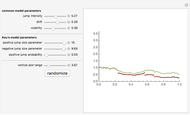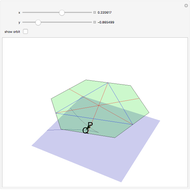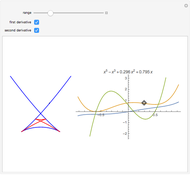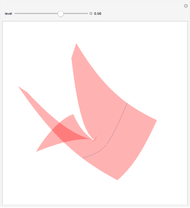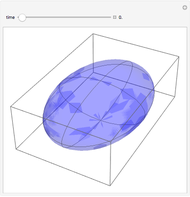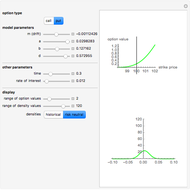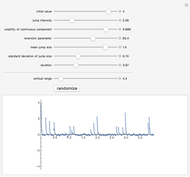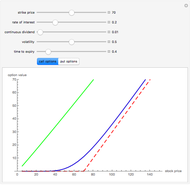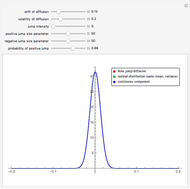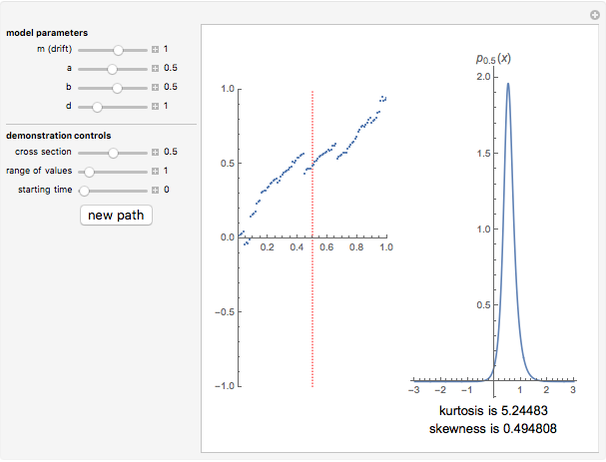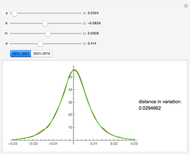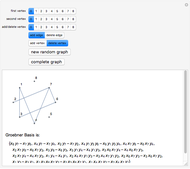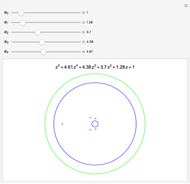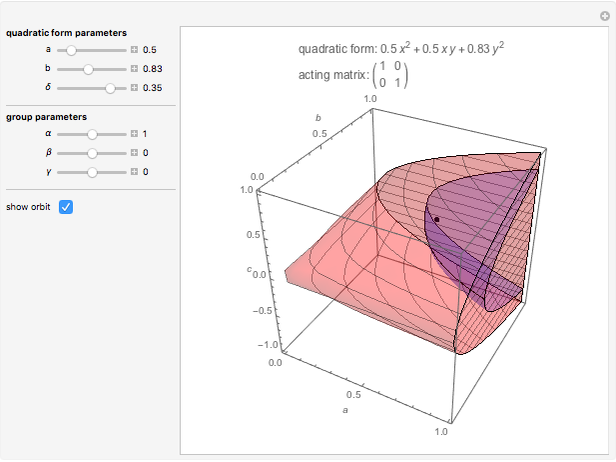Convergence of a Power Series for Polylogarithm

Requires a Wolfram Notebook System
Interact on desktop, mobile and cloud with the free Wolfram Player or other Wolfram Language products.
This Demonstration shows the convergence behavior of the family of power series  on the unit disk
on the unit disk  for
for  , which for
, which for  converges to the analytic function
converges to the analytic function  . The graphic on the left shows the graph of a partial sum approximation while the one on the right plots the analytic function that is the limit of the series. The little black dots on both surfaces represent the corresponding images of the same complex number on the unit disc, which you can move around the unit disk by varying its modulus and argument (the lowest two controls). By increasing the truncation parameter you can make the modulus of the error (the difference between
. The graphic on the left shows the graph of a partial sum approximation while the one on the right plots the analytic function that is the limit of the series. The little black dots on both surfaces represent the corresponding images of the same complex number on the unit disc, which you can move around the unit disk by varying its modulus and argument (the lowest two controls). By increasing the truncation parameter you can make the modulus of the error (the difference between  and the approximation) arbitrarily small, except at points on the boundary where the series does not converge.
and the approximation) arbitrarily small, except at points on the boundary where the series does not converge.
Contributed by: Andrzej Kozlowski (March 2011)
Open content licensed under CC BY-NC-SA
Snapshots
Details
The graphic on the left shows the graph of the absolute values of the partial sums  , where the value of
, where the value of  is controlled by the parameter "truncation". The values of the arguments of the function are reflected in the hue of the graph. The graphic on the right (which you can hide to speed up updating) shows the graph of the limit function
is controlled by the parameter "truncation". The values of the arguments of the function are reflected in the hue of the graph. The graphic on the right (which you can hide to speed up updating) shows the graph of the limit function  . While all the series converge in the interior of the unit disk, the behavior on the boundary depends on the value of
. While all the series converge in the interior of the unit disk, the behavior on the boundary depends on the value of  . For
. For  the series never converges on the boundary, for
the series never converges on the boundary, for  it converges everywhere except at
it converges everywhere except at  , and for
, and for  it converges everywhere. In the case
it converges everywhere. In the case  , large values of the truncation parameter give rise to graphs that appear to show discontinuity at the boundary (see the first snapshot). The functions defined by partial sums are, of course, continuous and the apparent discontinuities are due to numerical instability.
, large values of the truncation parameter give rise to graphs that appear to show discontinuity at the boundary (see the first snapshot). The functions defined by partial sums are, of course, continuous and the apparent discontinuities are due to numerical instability.
This Demonstration is inspired by and partly based on a Mathematica program from [1].
Reference
[1] W. T. Shaw, Complex Analysis with Mathematica, Cambridge: Cambridge University Press, 2006.
Permanent Citation






